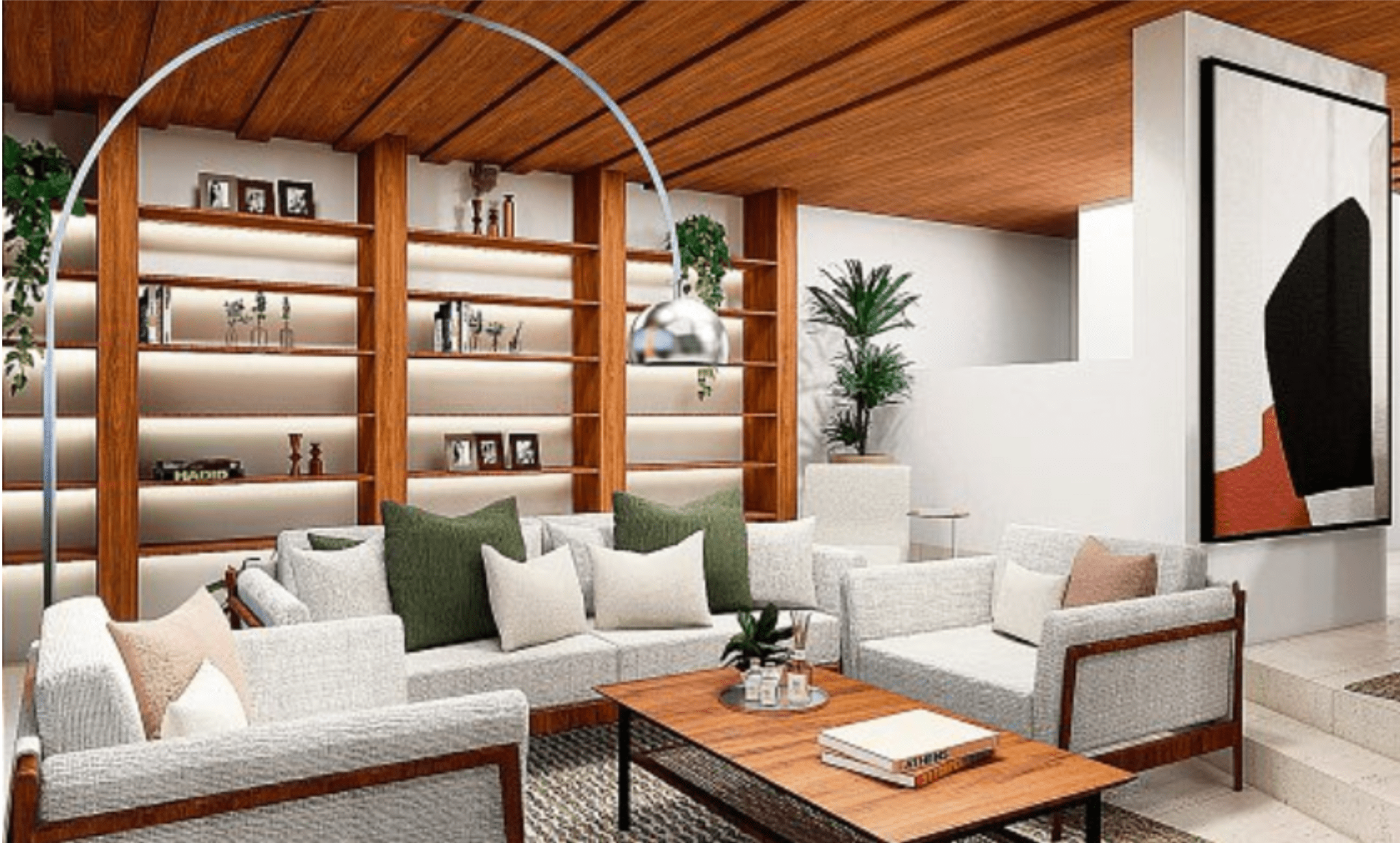
Neuro-architecture: an aid to inclusion
This week, an article about RK Interiors and its focus on neuroarchitecture was published in 24 Immobilier (link). You can read the full translated text of the article below:
Rethinking workspaces, waiting rooms, or classrooms so that everyone feels better in them is the role of a new discipline that straddles architecture and neuroscience.
Neuro-architecture seeks to understand how the built environment affects our emotions, behaviors, and thoughts. - Renata Koglin
There is a term, neuro-architecture, which is slowly gaining traction in the public domain and among professionals. Little known in Switzerland, the discipline blends architecture and neuroscience. It is credited to an American biologist and researcher, Jonas Salk, who was struggling to work and traveled to Assisi, Italy. Upon his return, he invented the first polio vaccine. Convinced that it was the design of the city, conducive to reflection and the emergence of ideas, that allowed him to do this, he founded, with architect Louis Kahn, the Salk Institute, dedicated to neuro-architecture.
The aim is to identify what, in the built environment, positively affects our brains, and therefore our emotions, behaviors, and thoughts.
The reception of the concept by professionals has been rather reserved. However, in 1998, with the discovery by American neuroscientist and geneticist Fred Cage that the brain continues to produce neurons in adulthood based on certain environmental stimuli, it experienced a revival. In Anglo-Saxon countries, it began to appear in the vocabulary of design.
Colors, lighting, acoustics
connection with nature, and interactions between individuals in public and private spaces are some of the elements on which neuro-architecture relies. Renata Koglin has embraced these elements as an interior architect. "Elements such as lighting or the color of a space determine the sensations we experience when we encounter the design. Neuro-architecture seeks to understand how the architectural environment influences our mental processes and, consequently, our behavior, in order to apply these discoveries to the design and construction of spaces that improve our well-being," she explains. "The challenge is to understand why certain places encourage or hinder certain moods, and then to design them in a way to achieve a specific goal: a less stressful office, a hospital facilitating recovery, or a school promoting learning," she adds.
What do other professionals in the field think about this? "I find some of the anthropological and psychosocial theories that I have read and appreciated reflected in it," explains EPFL-FSU urban architect Laurent Guidetti from Tribu Architecture. While he acknowledges that a sensitive and psychosocial approach to space is necessary, he believes that a label is not necessary for this. "For inclusivity, we need to think differently about our relationship with others (more than norms or rules)," he considers.
Needs and sensations
"Each of us has different needs, feelings, and sensations," says HES interior architect Morgane Züger. "Taking them into account when creating a project is the basis of architecture and interior design. But if, for example, our clients have specific needs that go beyond our skills, we then work together with other disciplines. Occupational therapists are thus of great help in anticipating the needs of users with physical disabilities. So, I readily understand that a specialist in neuro-architecture will know how to cater to neuro-atypical users."
"I consider myself as a mirror that must reflect the personality, emotions, and history of the client," emphasizes interior architect Jorge Cañete from the Interior Design Philosophy studio. "My philosophy advocates that to achieve well-being at home, the house must be in harmony with the one who lives there. There should be no mismatch. Colors, materials, shapes should be an emotional emanation, a mirror of that state. We work a lot with AI in the creative phase to define highly personalized territories that come as close as possible to their secret garden."
Renata Koglin insists, "Neuro-architecture goes beyond simple notions of tastes, colors, and personal feelings. It is based on scientific data. For example, it involves optimizing natural light, ventilation, and thermal comfort, choosing materials with pleasant textures and finishes, and integrating adaptable spaces that respond to various needs and activities. The incorporation of intelligent construction systems and biophilic elements (integration of nature into a built space) further enhances occupants' sensory experiences and fosters connections with nature, shaping environments conducive to human health, happiness, and productivity."

